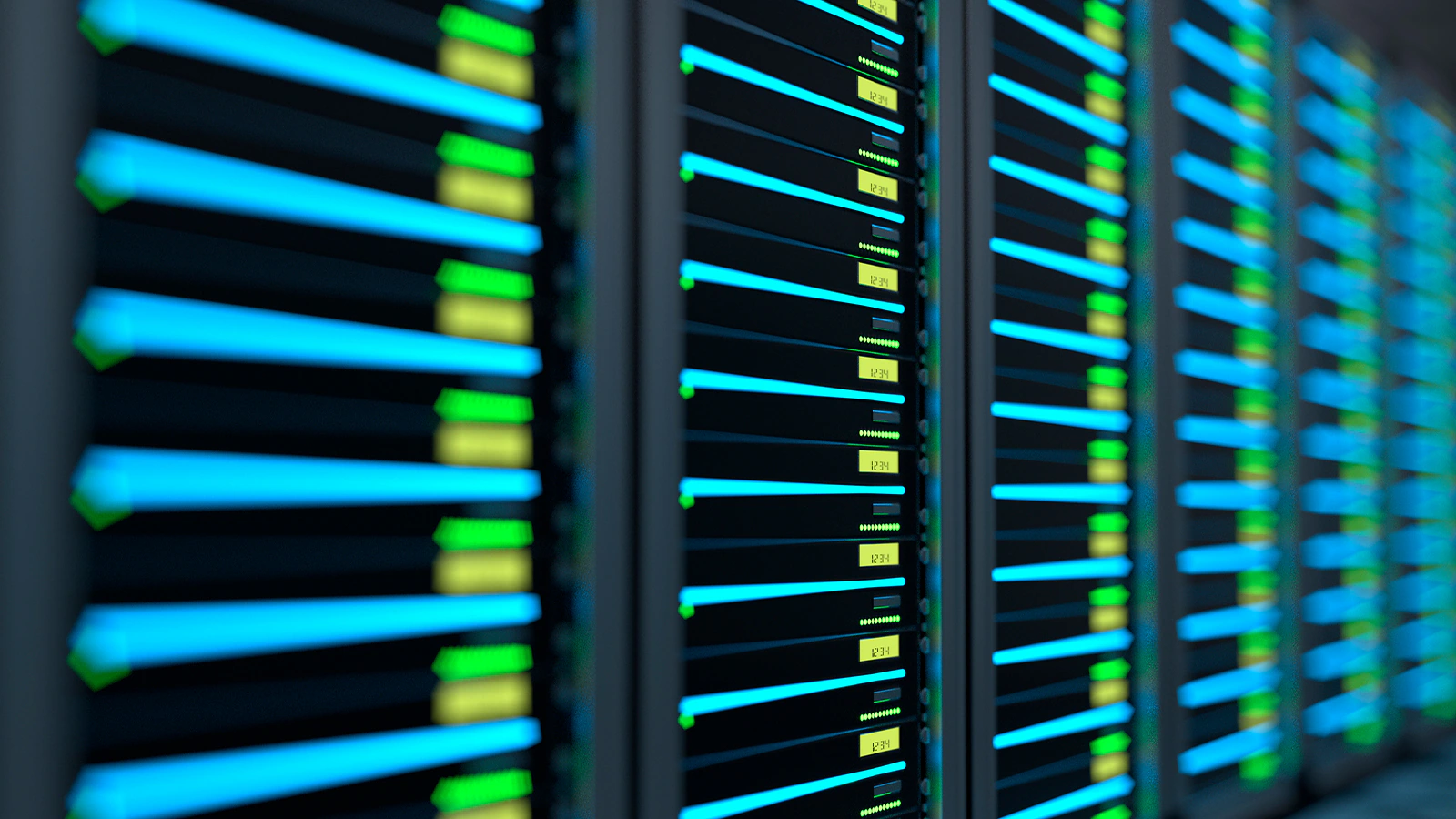
CBO,
Decix
Whether in production, logistics, or engineering, intelligent industry is no longer a future concept, it’s happening now. While Hannover Messe showcased the global AI evolution, the Indian market, too, is pushing full throttle. As AI-enabled robotics, digital twins, and predictive systems take over critical operations, one question remains: how does data move fast enough to enable all this? That’s where peering comes in — and why interconnection is central to India’s digital and industrial ambitions.
India’s Industrial AI Surge
India is fast becoming a global manufacturing and digital innovation hub. According to NASSCOM, the Indian industrial AI market is projected to grow at over 35% CAGR through Use cases range from predictive maintenance in large manufacturing clusters like Pune and Sriperumbudur to intelligent quality checks in the automotive corridors of Gujarat and Tamil Nadu.
From Factories to the Cloud: AI is Everywhere
Like in Germany, Indian enterprises are also digitising rapidly. From large conglomerates like Tata Steel deploying AI to predict equipment failures, to SMEs in Coimbatore using AI-led CNC monitoring tools — automation is touching every layer of Indian manufacturing. But powering this shift are data networks, not just algorithms.
AI is Waiting on Networks
Meta’s research revealed that AI models spend 33% of their time waiting on networks — a massive underutilisation. In India, the challenge is sharper. With over 60% of industrial hubs still dependent on legacy MPLS or high-latency routes, time-sensitive operations like smart metering or real-time logistics tracking often face delays. This highlights why interconnection at IXs like DE-CIX India becomes a game-changer.
Peering = Less Delay, More Intelligence
Peering at IXs (like DE-CIX Mumbai, Delhi, Chennai, Hyderabad, Bengaluru and Kolkata) ensures traffic stays local, reducing round-trip times drastically — from 120ms to under 10ms in some cases. For enterprises operating in Tier-2/3 industrial zones, where public cloud performance is inconsistent, peering provides deterministic performance, critical for AI-driven processes.
India’s Infrastructure Challenge
In Germany, YouGov and DE-CIX found 79% of people see digital infrastructure as key to competitiveness. In India, the story is similar but more urgent. As per Ministry of Electronics and Information Technology (MeitY), only 35% of India’s 700+ districts have high-speed fiber-based industrial connectivity. Yet, India is investing — with ₹1.2 lakh crore earmarked under the PM Gati Shakti plan and BharatNet to bridge digital gaps across economic zones.
DE-CIX India: Accelerating AI with Interconnection
At DE-CIX India, we’re enabling AI-powered enterprises to perform without compromise. From supporting cloud exchanges for smart factories to enabling regional edge infrastructure in cities like Nagpur and Jaipur — our interconnection platforms are keeping India’s intelligent industry future-ready.
AI isn’t just code — it’s what connects our machines, data, and decisions. And without the right infrastructure, even the smartest algorithms stall. Whether in Germany or India, peering is the invisible force that keeps AI running at full steam.
-Author is Sudhir Kunder, CBO of DE-CIX, India




